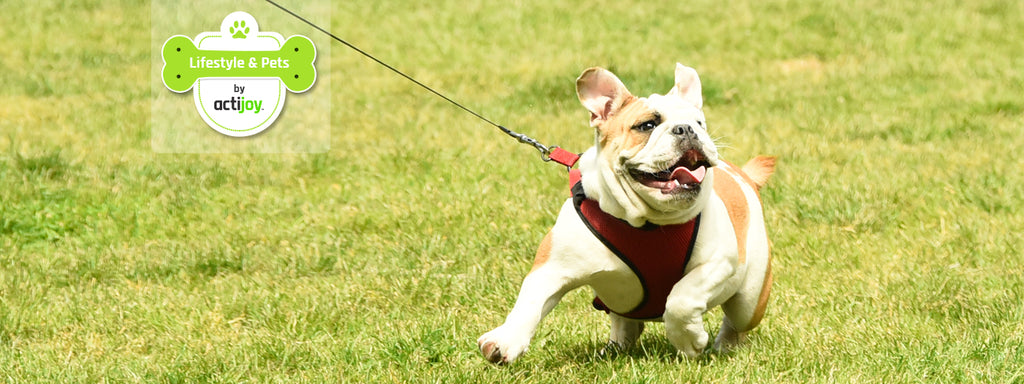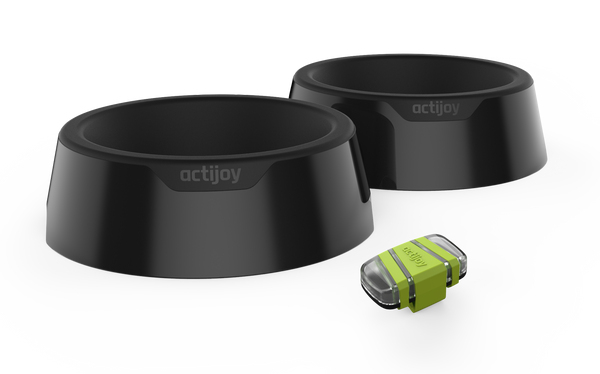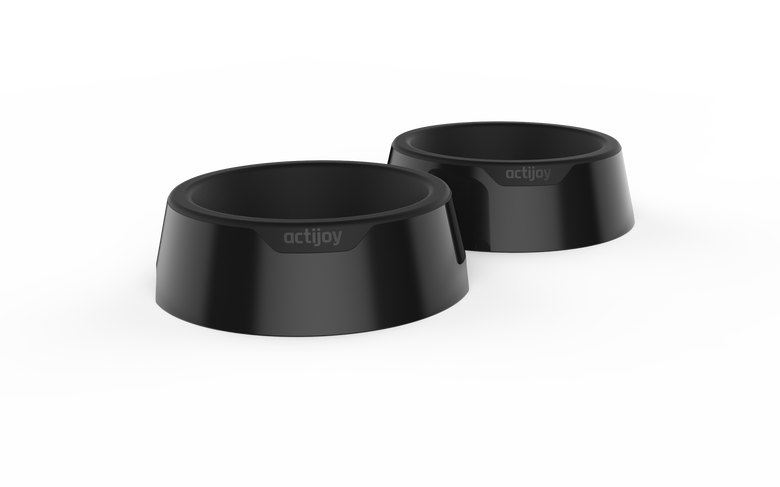Running with Your Dog
For many dogs and dog owners alike, running is the most efficient and enjoyable form of exercise.

Not only is running a calorie scorcher, but it leaves dogs tired and well-behaved for the rest of the day. Here, running with your dog will be discussed in the third installment of this series.
Necessary Gear
Before you go for a run with your dog, you should consider the gear that you will need. Look for a well-fitting harness for your dog. Never go for a run with a leash attached to your dog’s collar, as high-speed pulling or a sudden stop can injure your dog’s neck. If your dog is difficult to control, consider a front-attaching harness that will prevent your dog from pulling.
Once you have found a harness that works well for your pet, consider purchasing a leash that attaches to your waist. This configuration will free up your hands and prevent you from accidentally dropping the leash.
Another consideration is a portable water bottle. On warm days, dogs should have frequent - but short -water breaks.
Getting Started
Before you start a running program with your dog you should talk to a veterinarian to determine whether your pet is suited for vigorous exercise. For some breeds, such as Bulldogs, running can be dangerous. Your veterinarian will also examine your dog’s joints to check for risk of arthritis or hip dysplasia.
Once your veterinarian has given your dog clearance to run, you will want to start slowly. Some dogs, particularly hunting breeds, will run themselves to exhaustion so it is important to start exercising in a controlled manner. In the beginning, alternate 3 – 5 minutes of running with 2 – 3 minutes of walking for a total of 20 – 30 minutes. Gradually increase the time spent running and decrease the time spent walking until you and your dog are running continuously.
Precautions
Running too much, too soon can cause injury to your dog’s paws. If you intend to primarily run on hard surfaces, give your dog extra time to develop calluses before increasing the duration of your workout.
Never feed your dog within 30 – 60 minutes of vigorous exercise. A heavily panting dog can swallow large amounts of air. When air and food (or water) fill the stomach, the fatal condition known as bloat is more likely to occur. Limit your dog’s water intake immediately following a run, as well.
Do you want to know more about exercising with your dog? Subscribe to our newsletter to have the rest of this series delivered to your inbox!
Please note: all dogs should be treated as individuals. The Actijoy blog is for educational and entertainment purposes only. In case of emergency, always seek qualified healthcare from a local veterinarian or emergency facility. Actijoy blogs are not designed to treat, diagnose, or prescribe medication for your pet.



